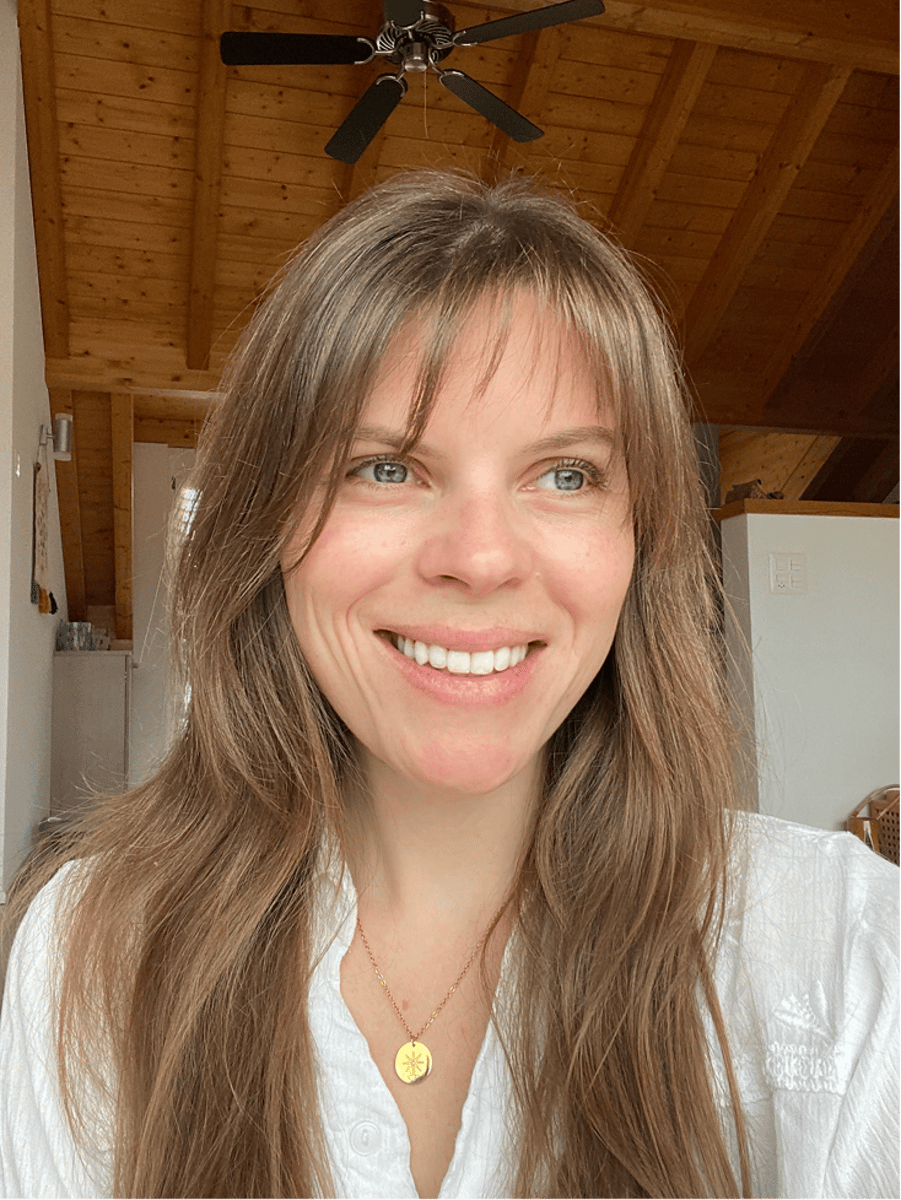
01 // Behind the Brief
Someone once told me that the tools with the steepest learning curves are the ones worth learning because not everyone will take the time to master them. Fair point.
But in a world where tools are popping up daily and expectations around what we should be able to create are growing just as fast, I’ve found myself asking “is it really worth learning After Effects right now?”
For me, the answer (still) feels like no.
Of course, anyone can jump into a tool like Jitter and make something decent thanks to the built in presets. That’s the beauty of it! But the real opportunity, the part that excites me, is when you take these tools and push their boundaries. That’s the space I like to play in.
Even still, I occasionally get tempted. I’ll see a beautifully built animation and think “maybe it’s time to stop being stubborn and learn AE”. So recently, I watched a YouTube tutorial. The designer was walking through how to create a stop-motion style animation of a hand and the AE logo, and at first glance, it looked incredibly complex. I assumed it has to be made in AE.
But as he broke it down, I realized most of the work wasn’t even happening inside After Effects. The motion wasn’t tool dependent.
So I recreated it in Jitter.

I never would have thought to build this specific animation on my own. I only did it because I was watching someone use AE and thought, “Wait… what if I tried this in Jitter instead?”
There aren’t a ton of tutorials out there showing what tools like Jitter or Lottie Labs are truly capable of. And that, to me, is a missed opportunity! AE will always have its place, but not every motion idea is restricted to one type of tool. There’s space for a new kind of motion workflow that’s lighter, faster, and more design-forward.
So maybe I’m being stubborn! Maybe I’ll eventually learn After Effects. But for now? I’m staying curious inside the tools that make me want to create more often, not less.
02 // Inside the Build
Are you interested in learning the process behind the stop-motion peace sign animation? Keep reading, or scroll down to watch the tutorial. But don’t forget to finish the newsletter because there’s more! Alright, let’s dive in!👏🏼
THE PROCESS
1. Capture the hand movement
I took a series of photos with my hand moving from a closed fist to a peace sign. I paused between each movement and snapped a photo like a manual frame-by-frame animation.
2. Remove the background
I imported the images into Figma and used the Remove Background widget from their AI beta panel. It worked surprisingly well, though I still cropped and cleaned up parts for consistency.
3. Align and layer the frames
To make the motion feel fluid, I layered the images from back (fist) to front (peace sign), making sure the base of the hand and wrist aligned across all frames. That subtle alignment made the final motion feel more natural.
4. Design the frame
Once the hand sequence was set, I added some design elements around it. I played with colors and layout in Figma to give it a little more personality.
5. Bring it into Jitter
Using the Jitter widget inside Figma, I brought everything over into Jitter for animation. While Jitter offers lots of built-in presets, I mostly used the custom “show/hide” animation and tweaked the timing manually to get the flow just right.
Want to see how it came together?
That was a lot, and there are pieces of valuable information that wasn’t included so I recorded my process for you to follow along!
03 // Browseworthy
Tools to Check Out 🛠️
Jitter: My go-to motion tool. Great for lightweight animation and super fast iteration.
Jitter Figma Widget: The best way to bring Figma designs into Jitter to start animating
Figma's “Remove Background”: Tucked into the AI beta section, but works surprisingly well. Huge time saver.
LottieLab: Not part of this build, but another tool I use often in my workflow
Articles Worth Reading 📖
04 // Prompt & Play
Now it’s your turn to recreate your own version of the stop-motion hand animation!
It could be a peace sign, a thumbs up, or a wave. Anything you like! All you need is your phone camera, some basic photo editing (Figma works great), and a lightweight animation tool like Jitter or Lottie Lab.
You don’t need fancy gear or AE skills. Just experiment, have fun, and see what comes out of it.
If you try it, I’d love to see what you make!
